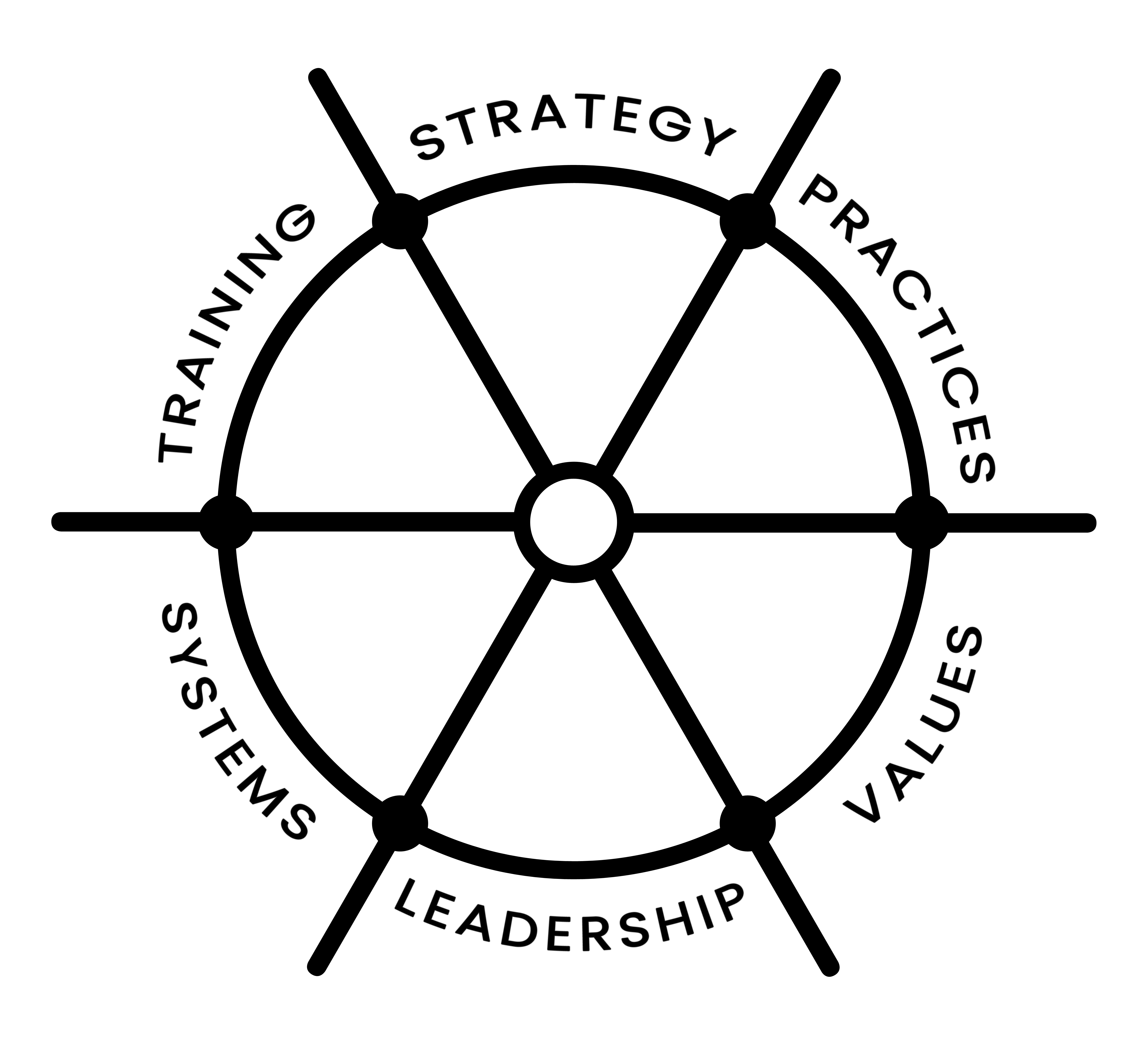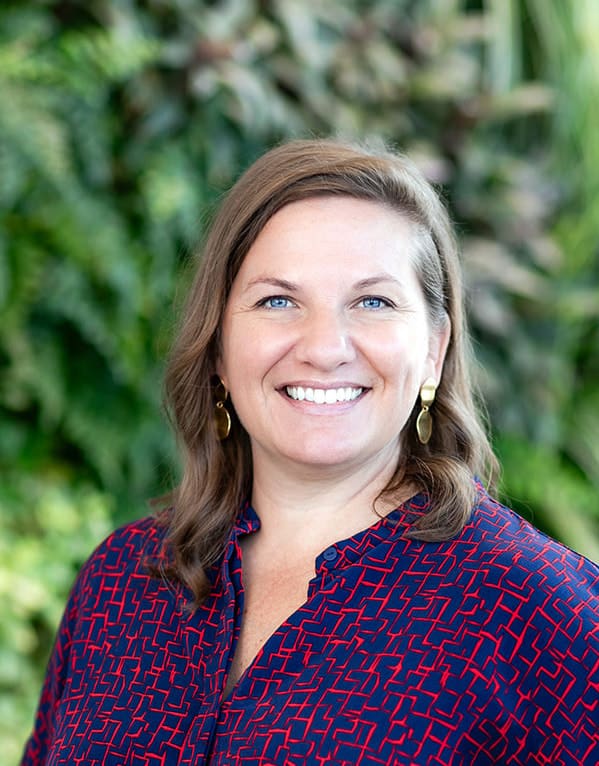Leading for Organizational Health
A Human-Centered Leadership Intensive
We are leading through an extraordinary amount of change.
Our cultural, political, and technological landscapes have never changed as much or as fast as they are now. It’s no wonder people are seeking stability and psychological safety, and looking to leaders to provide both as we navigate all the uncertainties of our culture and our institutions.
All the while, leaders must hold multiple priorities:
Make decisions that ensure profitability and a healthy workplace culture.
Manage team dynamics, generational differences, and interpersonal conflicts.
Hire, grow, expand, and retain.
Increase and leverage diversity.
Create a culture of partnership, safety, and belonging.
Build systems and structures that help people do their best work.
In order to navigate all these needs, we can’t keep doing what we’ve been doing.
The old model of leadership isn’t working. Our socialization traps us with rigid, inhumane expectations: Leaders need to know all the answers, do everything themselves, and do it perfectly.
What we really need is a way to show up authentically, trust ourselves, and lean on our values through change, uncertainty, and difficult decision-making.
Becoming The Leader You Are
In Leading for Organizational Health, Leverage to Lead’s four-part leadership intensive, we are creating a space for leaders to:
Define and embrace your leadership identity;
Reflect on your story and where you want to go from here; and
Dig into tools and practices to help you lead with authenticity, integrity, clear values, purpose, and joy.
We’re inviting you to our interactive, facilitated sessions, where we will reframe what it means to lead because leadership already looks like you.
And we will move forward together with compassion, permission to be human, space to evolve, and a supportive community.
Program Highlights
-
- Four 90-minute interactive and facilitated virtual sessions dedicated to your leadership identity, values, goals, and challenges, and designed to help you dig deep, reflect, plan, and implement.
-
- Topics include how to maintain profitability AND healthy workplace cultures for your employees; how to navigate generational differences and age diversity; how emotions and power impact your decision-making; how to build a culture of partnership between leaders and employees; and much more.
-
- Sign up for any individual session or all four in the series.
-
-
- A community of leaders to build relationships and networks, and offer support, insight, and experience.
-
- Workbook, handouts, session slides, and other tangible takeaways to fuel your ongoing development.
-
- Time and space to grapple with complex problems, ongoing changes, decision-making, and discovering your unique leadership identity.
-
- Exploration of Human-Centered Practices that help us align with our values and continue to grow and learn.
-
- Navigating with the Leader’s Helm, a tool to see your organization holistically and understand how six integrated components impact your company’s culture.

Schedule
| Date | Session Description |
|---|---|
|
Upcoming: February 19, 2026 |
Session 1: Leadership Identity and Values: Humanizing Your Leadership What defines you as a leader? In this session, we’ll explore the connection between how you see yourself and how your employees see you. Often, employees view leaders as “the company,” rather than as fully human individuals. This perception, shaped by societal norms and expectations, creates challenges in building trust. Through guided reflection, we’ll help you identify your core values as a leader, creating the stability and authenticity needed to disrupt harmful socialization patterns. By the end of this session, you’ll have a clearer understanding of your leadership identity and the foundation to build meaningful connections with your team. This work sets the stage for Session 2, where we dive deeper into the dynamics of power and trust in leadership.
|
|
Upcoming: March 5, 2026
|
Session 2: Holding Power Responsibly: Power and Connection in Leadership Leadership comes with power, and power often creates distance. In this session, we’ll uncover the tension between power and connection, exploring how socialization shapes employees’ perceptions of their leaders. Employees often grapple with the contradiction: “I know you’re human, but I can’t fully trust you because of the power you hold.” We’ll guide you in understanding this dynamic and show you how to share responsibility for building trust and psychological safety. Through actionable strategies, you’ll learn how to hold power in a way that strengthens relationships rather than creating barriers. Building on the self-awareness and values alignment from Session 1, this session equips you to move into Session 3, where we’ll focus on how trust and shared values create a thriving organizational culture while focusing on financial stability.
|
|
Upcoming: March 19, 2026 |
Session 3: Culture and Profitability: Building Stability through Values-Aligned Culture Culture is the backbone of a thriving organization, but fear-based decision-making can weaken it. In this session, we’ll help you move beyond fear and focus on hiring and team-building practices rooted in shared values. Together, we’ll explore how a lack of psychological safety leads to disengagement, stifled creativity, and the belief that “this organization is only out for itself.” By asking the right questions—“What qualities am I looking for in employees who help me lead with support and connection?”—you’ll learn to create a strong, values-driven culture that fosters innovation and profitability. With a deeper understanding of culture from this session, you’ll be ready to learn more about the Partnership Blueprint in Session 4, a system designed to sustain trust, connection, and organizational health.
|
|
Upcoming: April 2, 2026 |
Session 4: Partnership Blueprint: Creating Systems for Sustainable Relationships Relationships are the cornerstone of organizational success, but they don’t thrive on good intentions alone—they need structure.
In this capstone session, we’ll introduce the Partnership Blueprint, a system that supports consistency and trust-building between supervisors and employees. This framework includes tools for performance evaluations that assess not just productivity but also the health of relationships. We’ll explore how to use the Partnership Blueprint to support employees hired for their differences and unique value, rather than for culture fit, ensuring they can thrive in a psychologically safe environment. Building on the clarity of values from Session 1, the trust-building skills from Session 2, and the culture-focused strategies from Session 3, this session ties everything together. By the end, you’ll have a tangible system to sustain organizational health and foster deep, lasting connections within your teams.
|
Ready to Start?
Your Faciltators



Founder & CEO of Leverage to Lead
Managing Director of Learning & Development
Chief Human Resources & Impact Officer